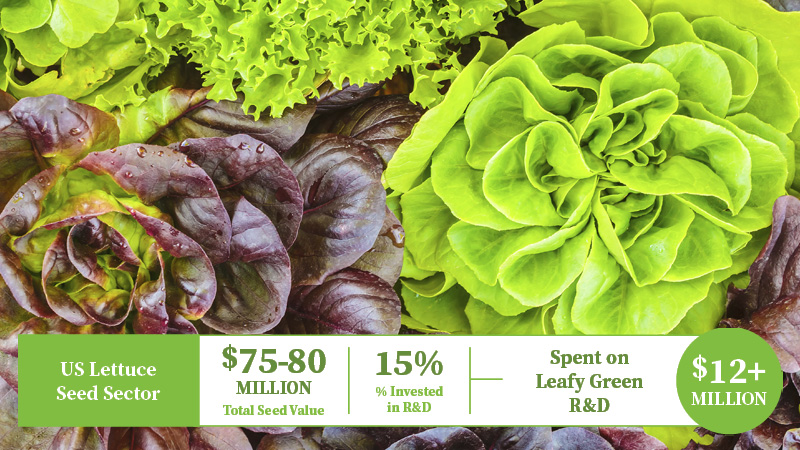Has the Pandemic Led to an Agricultural Breakthrough?
When we look at this era in the future, we’ll likely view the pandemic as not only a time of chaos but also a season when medical breakthroughs surged. Just the way World War II led to major advances in aircrafts, power sources, and nuclear science.
I’m guessing nanobodies will be one of our era-defining breakthroughs.
Scientists discovered these small “domains” from antibody cells found in the camel family that successfully disrupt the COVID-19 virus and prevent it from being able to function normally.
The truly trippy detail? From the way nanobodies operate, there is no reason they won’t work on any pathogen, in any biological system. Think about that for a moment. There’s broad spectrum. Then there’s nanobodies.
During my interview with two of the three lead scientists investigating how nanobodies work in agriculture, I had to stop them time and again to make sure I understood the implications. They work on humans and trees? Does this mean they can work on tomatoes? Yes. On cotton? Yes. Perhaps even as a weed control someday, too.
Before I got too giddy (which I tend to do when my inner geek awakens), Dr. Michelle Heck, a lead USDA scientist assigned to a team whose mission was to stop citrus greening, and Dr. Robert Shatters, another high-level USDA scientist, pointed out that no matter how effective any new active ingredient might be, if we can’t find a way to cost effectively deliver it to crops, it’s of no use.
Turns out that was the second part of their research after proving that nanobodies will work in agriculture: creating an affordable delivery system. And they’ve done that.
I mentioned that the pandemic led to the nanobodies breakthrough. In a similar fashion, citrus greening laid the groundwork for Heck, Shatters, and their third partner, Dr. Marco Pitino of AgroSource’s game-changing research.
Consider how many invasive pests have harmed American agriculture over the years. Citrus greening has so devastated an entire industry, it sparked USDA to restructure its research teams. If it had worked closely with international researchers, pooling its own talent regardless of geography, it may have been able to stop citrus greening before it reached Florida. Or barring that, it might have developed an effective treatment years ago.
So USDA restructured. Today, Shatters is working in France and Greece instead of Florida. Heck is stationed near Cornell in Ithaca, NY. Other teams on other knotty issues are similarly spread out, increasing the likelihood of finding fresh solutions to ongoing problems.
I’m looking forward to learning how nanobodies impact the vegetable industry. Will it stop INSV (Impatiens Necrotic Spot Virus) from wiping out leafy green crops? Does it have food safety implications with pathogens like Listeria and E. coli? Only time will tell.
Oh, One More Thing
I was so excited by the team researching nanobodies that I invited them to be the keynote speaker at our BioSolutionsSM Conference & Expo, Feb. 23 and 24 at the Peppermill Resort in Reno, NV. I hope you’ll join us in hearing from them and other experts.
Here’s a small sampling of what we have on tap:
Soil Health Advances
We have several sessions dedicated to this rapidly developing category, including how to reduce fertilizer use through soil health, what nematodes can tell you about your field’s health, and a three-hour intensive dive into how to make the most of what already exists in your soil.
Tips on Vetting New Bio Products
Metrolina Greenhouses is one of the nation’s largest controlled-environment operations, and it doesn’t tread lightly when it comes to using biologicals. Learn how the company vets potential products to determine whether they would be a good fit.
New Product Showcase
This crowd favorite is back with rapid-fire, short presentations of new products hitting the market.










